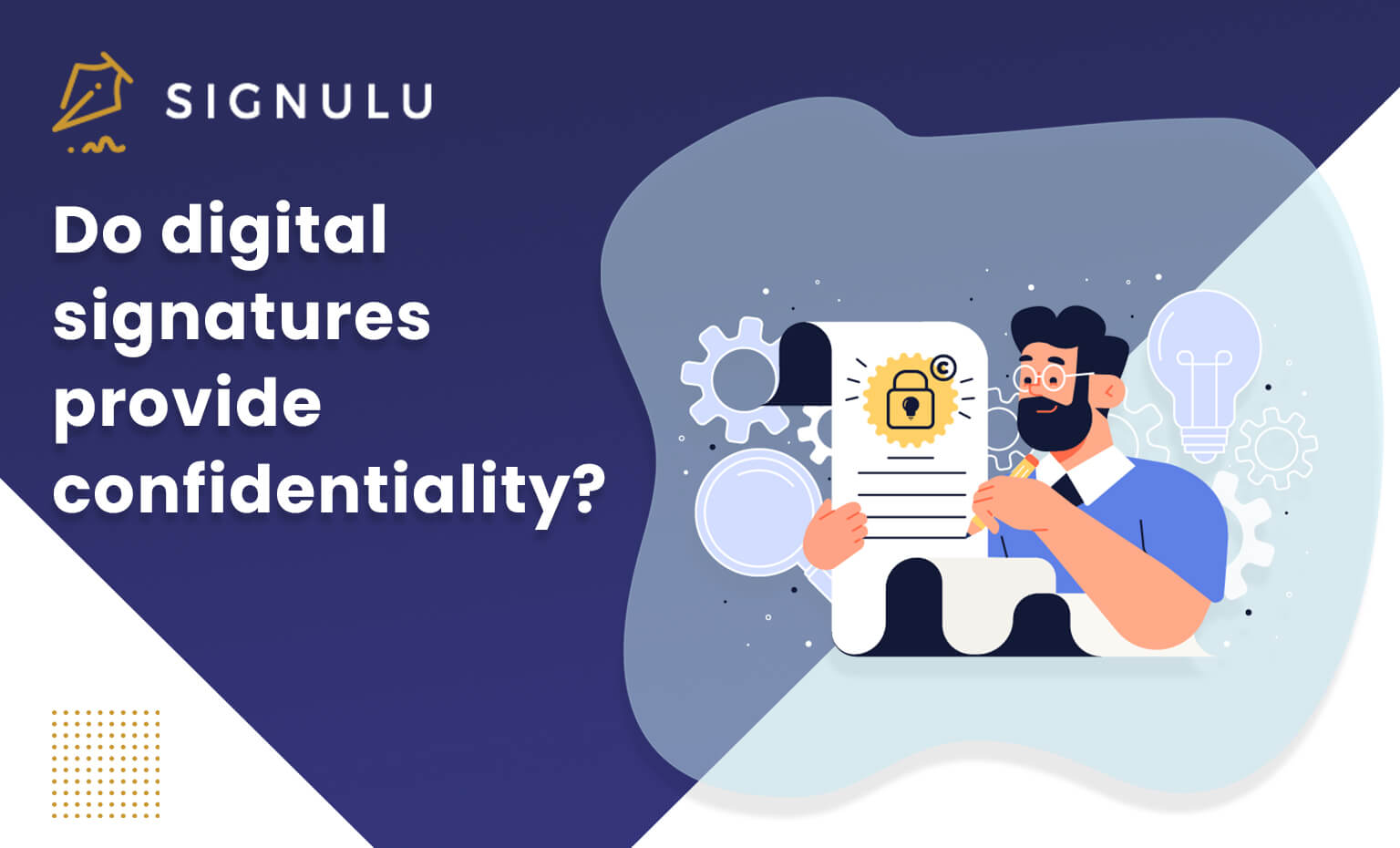In an age of rampant digital interactions, the question of confidentiality in communication and data exchange becomes increasingly pertinent. Digital signatures, often heralded as technological fortresses for information integrity and authenticity, present a mosaic of possibilities and limitations. At the intersection of cryptography and digital documentation lies a nuanced discourse on whether these signatures, akin to digital wax seals, truly offer confidentiality or merely gild the surface of our communicated truths.
To explore this question, we must first dissect the components that constitute a digital signature. A digital signature encapsulates an algorithmic combination of a hash function and asymmetric cryptography, designed to validate the origins of a message or document. This technology is akin to the modern-day equivalent of a knight’s insignia pressed onto a letter, assuring the recipient of its authenticity. However, unlike the opaque nature of wax seals, digital signatures unfold within a framework that necessitates scrutiny to ascertain the breadth of confidentiality they provide.
The first layer of scrutiny reveals that digital signatures primarily serve the dual functions of integrity and authentication. When a document is signed digitally, the signature ensures that it has not been altered in transit, akin to a guardian lion protecting an ancient scroll from prying eyes. However, this protective layer has little to do with confidentiality. In fact, once a document is signed digitally and disseminated, its content remains fully accessible to any recipient possessing the necessary permissions. This aspect mirrors an open book, where the cover may exhibit impressive credentials but offers no concealment of the words contained within.
Herein lies a critical distinction. Confidentiality is more about the veil behind which information is hidden rather than the markers of authenticity. Digital signatures can secure a document’s provenance and reassure stakeholders that the source is trustworthy, yet they do not encrypt the content itself unless coupled with encryption protocols. This aspect is reminiscent of a vault that is fortified against theft but holds unsealed documents readable by anyone who enters. Without additional encryption, the information remains in plain sight, available for unauthorized access should the document find itself in the wrong hands.
In many contexts, such as financial transactions or sensitive legal agreements, the reliance on digital signatures alone could set organizations and individuals on a precarious precipice. This oversight underscores a broader observation: a lack of comprehension surrounding the technical nuances can lead to an overestimation of the protective measures digital signatures offer. The sanguine adherence to these signatures as panaceas may inadvertently propagate insecurity, echoing the fable of the emperor who, dressed in the finery of perceived protection, absented himself from the robust security protocols that should have accompanied his stature.
To traverse this intricate landscape, one must engage with the potential of digital signatures when intertwined with encryption technologies. Here, a digital signature can be likened to a locksmith creating a unique key, and encryption acts as the door that shields the contents within. An encrypted document maintains confidentiality and ensures that even if a digital signature were to be compromised, the content would remain inaccessible without the decryption key. This combination forms a veritable fortress, safeguarding against prying eyes while retaining the ability to verify the sender’s identity. The harmonization of these two technologies paints a comprehensive picture of how confidentiality can be robustly managed in the digital age.
The juxtaposition of digital signatures with encryption raises the question of practicality. Encrypted digital signatures might add layers of complexity to the signing process. Implementing such robust protocols often demands technological literacy that may exceed that of average users. The perceived inconvenience can lead users to abandon comprehensive security measures in favor of expedience, thereby navigating themselves back toward the shores of vulnerability. This leaves organizations and individuals at odds with the delicate balance of securing information while fostering ease of use in digital communication.
Moreover, the increasing sophistication of cyber threats adds an additional dimension of urgency to this discourse. As algorithms evolve, so too do the tactics employed by malicious actors seeking to exploit weaknesses in digital infrastructures. In this volatile landscape, the assurance provided by a digital signature becomes tenuous unless repeatedly fortified by contemporary cybersecurity practices, including vigilant software updates and periodic system assessments.
As we delve deeper into the implications of using digital signatures, it bears mentioning the importance of understanding the broader legal and regulatory frameworks surrounding digital signatures and encryption technologies. Various jurisdictions possess different statutes governing the use of digital signatures, which affect the legal weight they hold in electronic transactions. Compliance with these regulations ensures not just the technical integrity of signatures but also their legal legitimacy, further complicating the apparatus of confidentiality surrounding digital communications.
In conclusion, while digital signatures possess irrefutable value in enhancing authenticity and integrity, their intrinsic nature does not confer confidentiality. The essential lesson here rests in the recognition that reliance solely on digital signatures might engender complacency. Just as we would not enshroud our most cherished thoughts in transparent parchment, neither should we allow our digital communications to float unprotected on breaches capable of tearing through the very fabric of our intended confidentiality. Thus, understanding the landscape of digital security—embracing encryption alongside signatures—ultimately dictates the efficacy of our efforts to maintain privacy in an interconnected world.








Leave a Comment